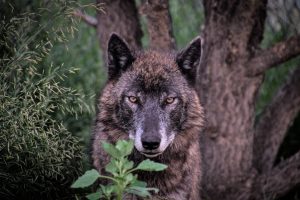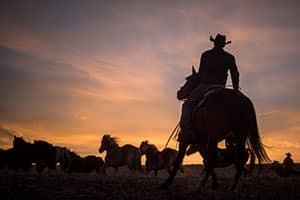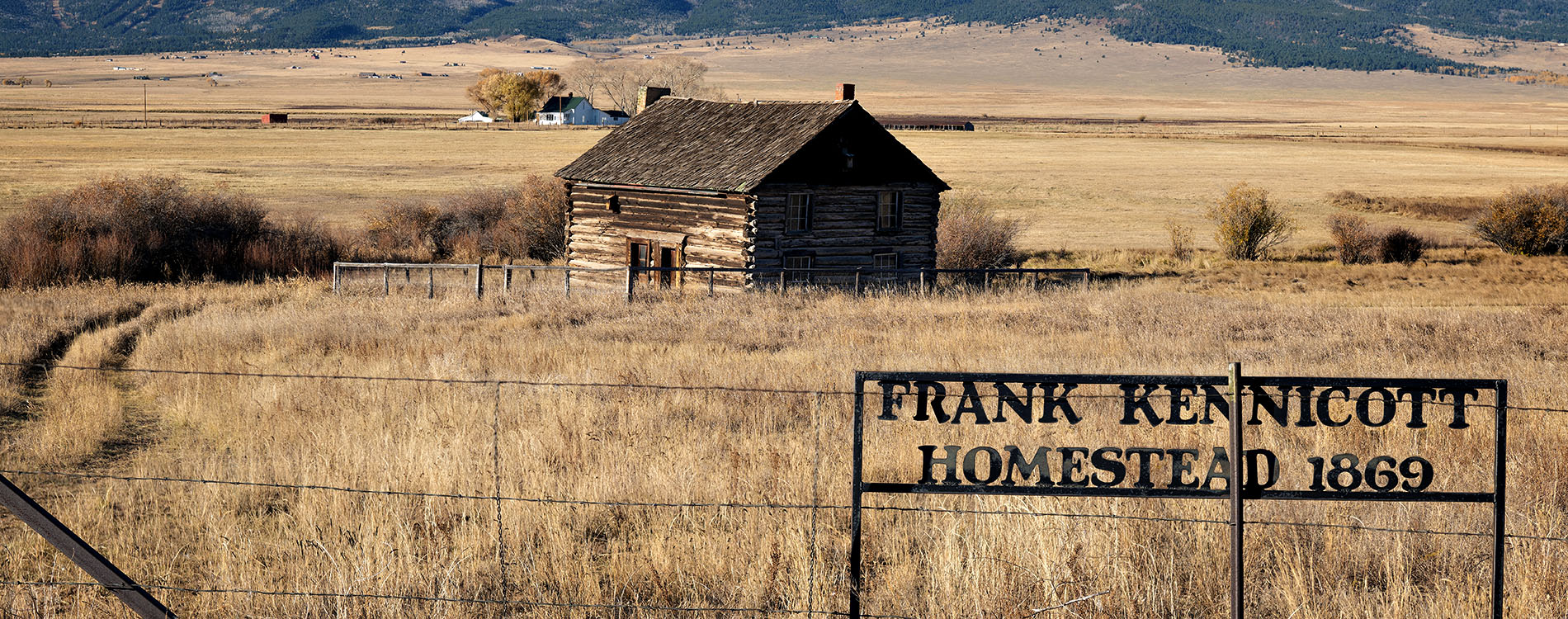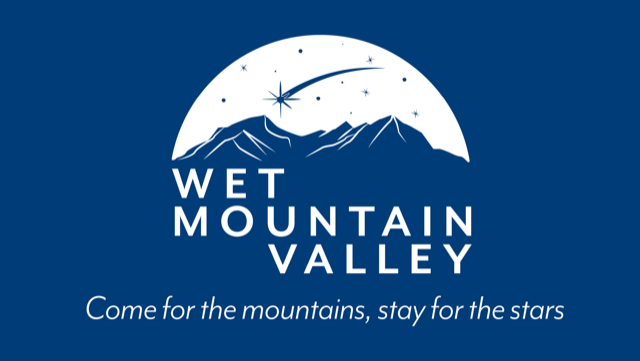Drawn by the number of beavers in the area, trappers moved into the Wet Mountain Valley in 1870, clearing some, but not all, of the dam builders from the area. With a careful eye, visitors may still catch site of beavers today!
Prospectors soon discovered silver and gold, drawing 8,000 people into the valley by the 1880s. Many cleared the land for housing and crops. Cattlemen then brought several large herds into the newly opened land, igniting the valley’s chief industry and further changing the landscape from a high prairie to hay meadows.
The Wet Mountain Valley’s largest herds began to arrive in 1879 with Edwin Beckwith, who settled a half-dozen miles north of Silver Cliff. Other cattlemen and their herds settled in parts of the valley where runoff-irrigated land was prime for growing hay and raising livestock. An estimated 13,000 head of cattle roamed Custer County by 1880.
Custer County ranching continues with active grazing, hay and calving operations. The community celebrates its ranching heritage at several annual events, and conservation easements help maintain the county’s open space and beauty.
Custer County’s large-scale ranching events draw crowds from all over Colorado. But if you’re looking for something more intimate, we also offer smaller experiences that provide a unique taste of ranching life.
Try a real Ranching Experience of your own with our local outfitters: horseback riding, fly fishing, hunting, and hands-on working cattle ranch trips.






